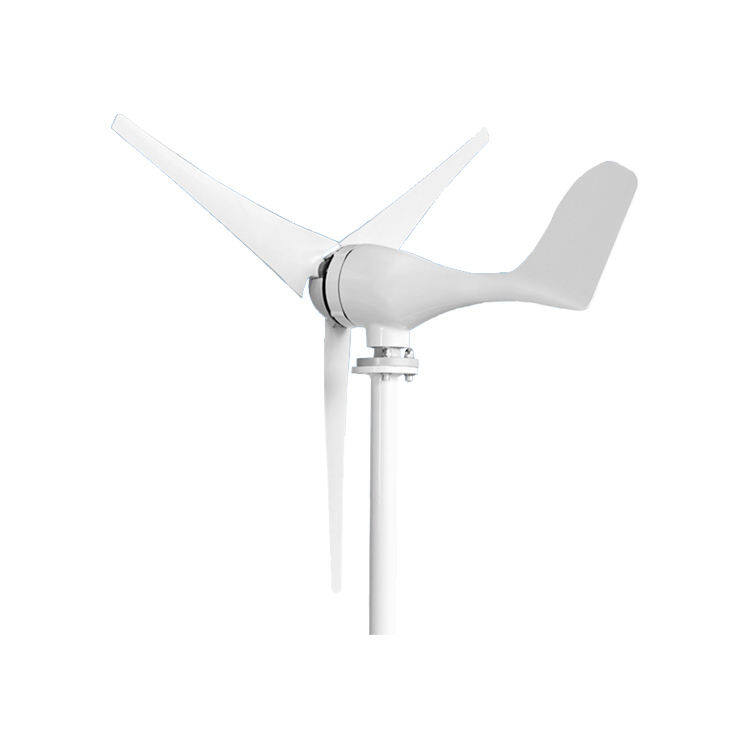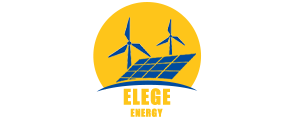Email format error
Email cannot be empty
Email already exists
6-20 characters(letters plus numbers only)
The password is inconsistent
Email format error
Email cannot be empty
Email does not exist
6-20 characters(letters plus numbers only)
The password is inconsistent


Portable Wind Power for Camping: Embracing Nature's Energy
Camping has always been about connecting with nature and enjoying the great outdoors. With advancements in technology, the way we power our camping gear has evolved. Portable wind power systems have emerged as a sustainable and efficient solution for off-grid energy needs. This blog post will explore the world of portable wind power for camping, discussing its benefits, types, usage, and maintenance. We'll structure the content with clear headings and subheadings to ensure an organized and comprehensive read.
What is Portable Wind Power for Camping?
Portable wind power systems are compact, lightweight devices designed to harness wind energy and convert it into electricity for use in camping and other outdoor activities. These systems are ideal for campers looking to reduce their reliance on fossil fuels and increase their self-sufficiency in remote locations.
Key Features
- Sustainability: Harnesses renewable energy from the wind.
- Portability: Lightweight and easy to transport, making them suitable for camping.
- Versatility: Can be used to power various electronic devices and camping gear.
Benefits of Portable Wind Power for Camping
Environmentally Friendly
Portable wind power systems are a green alternative to traditional power sources.
Reduced Carbon Footprint
- Zero Emissions: Wind energy production does not emit greenhouse gases.
- Sustainable Energy: Encourages the use of renewable resources over fossil fuels.
Cost-Effective
Using wind power can save on energy costs, especially over extended camping trips.
Reduced Dependency on Batteries
- Continuous Power: Provides a continuous source of power, reducing the need for disposable batteries.
- Long-Term Savings: Can lead to significant savings on fuel and battery costs over time.
Increased Self-Sufficiency
Portable wind power systems enhance a camper's ability to be self-sufficient.
Off-Grid Living
- Independence: Allows campers to be independent of the power grid in remote locations.
- Emergency Power: Can serve as a backup power source in case of emergencies.
Types of Portable Wind Power Systems
Hand-Crank Generators
These generators use a wind-up mechanism to produce power.
Pros
- Durability: Built to withstand the rigors of outdoor use.
- Versatility: Can be used in the absence of wind by manually cranking.
Cons
- Limited Power Output: Typically produces less power than wind turbines.
- Manual Effort Required: Requires constant cranking to generate power.
Small Wind Turbines
These are compact versions of traditional wind turbines designed for personal use.
Pros
- Higher Power Output: Can generate more power than hand-cranks.
- Automated: Operates automatically with the wind, requiring no manual input.
Cons
- Weather Dependent: Performance is entirely dependent on wind conditions.
- Initial Cost: Can be more expensive than hand-cranks initially.
Usage of Portable Wind Power Systems
Charging Devices
Portable wind power systems can be used to charge various camping devices.
Smartphones and Tablets
- USB Ports: Many systems come with USB ports for direct charging.
- Solar Compatibility: Some systems can also harness solar power for dual-energy charging.
Camping Equipment
- LED Lights: Power LED lights for camping at night.
- Small Appliances: Charge small appliances like headlamps and GPS devices.
Emergency Situations
These systems can be a lifesaver in emergency situations.
Communication Devices
- Satellite Phones: Keep communication devices charged in case of emergencies.
- Radios: Ensure radios are operational for receiving weather updates and emergency alerts.
Maintenance and Care
Regular Inspections
Regularly check the system for wear and tear.
Cleaning
- Dirt and Debris: Keep the system clean from dirt and debris.
- Lubrication: Lubricate moving parts as needed to ensure smooth operation.
Storage
Proper storage extends the life of the system.
Dry and Cool Place
- Moisture Protection: Store the system in a dry and cool place to prevent moisture damage.
- Protection from Elements: Shield the system from direct sunlight and extreme temperatures.
Market Trends and Future Outlook
Technological Advancements
Technology is making portable wind power systems more efficient and user-friendly.
Improved Efficiency
- Aerodynamics: Improved aerodynamics in wind turbines increase power generation.
- Energy Storage: Advancements in battery technology allow for better energy storage solutions.
Smart Integration
- Smart Devices: Systems can be integrated with smart devices for remote monitoring and control.
- Internet of Things (IoT): IoT technology can optimize energy usage and system performance.
Environmental Awareness
The growing awareness of environmental issues is driving the demand for eco-friendly camping solutions.
Green Consumers
- Eco-Conscious: More consumers are seeking eco-friendly alternatives to traditional power sources.
- Sustainable Living: Portable wind power systems align with the values of sustainable living.
Regulatory Support
Governments are supporting the use of renewable energy through policies and incentives.
Incentives for Renewables
- Tax Credits: Some regions offer tax credits for the purchase of renewable energy devices.
- Regulatory Frameworks: Supportive policies encourage the adoption of green technologies.
Conclusion
Portable wind power for camping is an innovative and sustainable solution for outdoor enthusiasts seeking to reduce their environmental impact while enjoying the great outdoors. As technology continues to advance and the demand for eco-friendly solutions grows, the future of portable wind power looks promising.
If you're an outdoor enthusiast or a camper looking to go green, consider investing in a portable wind power system. Research the different types of systems available, and choose one that best fits your camping needs. By embracing portable wind power, you're not only enhancing your outdoor experience but also contributing to a more sustainable future.

